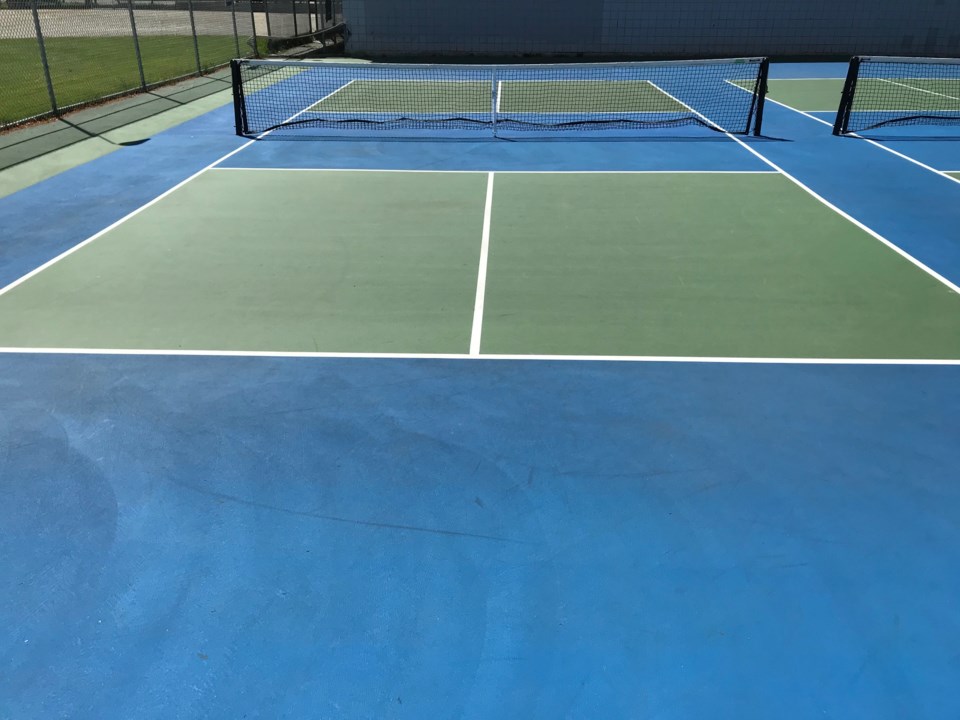It’s a fair allocation when it comes to pickleball courts in Delta.
That’s according to city staff in a recent memo to council, responding to several recent letter writers complaining about how much time has been given for use by Burnsview Secondary students of the courts at Chalmers Park.
The memo notes court allocations were reviewed to ensure that suitable access was provided for the public while still supporting the efforts of school staff in teaching pickleball as part of the physical education curriculum.
A balance was achieved which enabled school students to use four pickleball courts and one tennis court, while four pickleball courts and one tennis court are for public use at all times.
Signage was also put in place to notify people.
“Staff discussed this compromise with both representatives with the Delta Pickleball Association and Burnsview Secondary School, and both groups were supportive of this adjustment. Further, the Delta Pickleball Association was supportive of cumulative court allocations for all organized pickleball groups being no more than 50 per cent of the available court time at each site at any point in time. This practice will ensure meaningful public access to pickleball facilities in Delta,” the memo states.
A previous memo to council this spring by parks and recreation director Ken Kuntz noted the city wanted to ensure fair allocation of its pickeball courts.
Kuntz said with every new or rapidly growing sport, there are always lessons to be learned, and currently several organizations want to secure dedicated time at those Delta facilities.
The Delta Pickleball Association is currently the largest single group utilizing the courts, but last December the Parks, Recreation and Culture Commission agreed that no more than 50 per cent of all available court time would be allocated to book for group activities.
That leaves the other 50 per cent available court time for drop-in public use.
To improve information on allocations, use rules and game etiquette, the parks department began installing signage.
In addition, seasonal allocated times would be posted on-site in a simple graphical format, noted Kuntz, adding that another feature to help organize drop-in play is the installation of a paddle rack.
When a person arrives on-site and courts are full, a player can indicate the order in which they arrived by placing their paddle in the rack, he explained.
“These small improvements will assist all pickleball players and ensure there is a balance between drop-in and prior allocated use, while making sure the infrastructure is used to its greatest potential,” Kuntz added.




